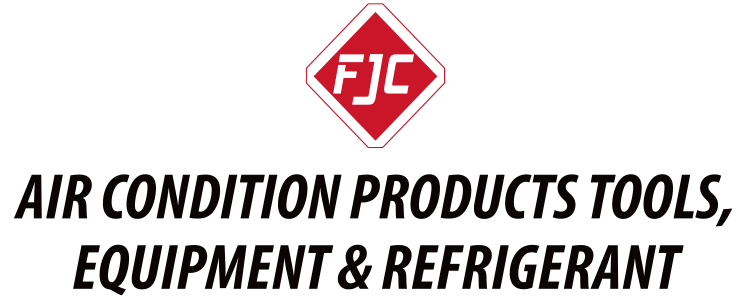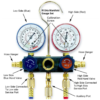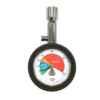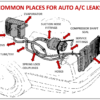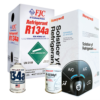Do I need to Routinely Change my Automotive Serpentine (Drive) Belt?
It’s easy to assume your automotive A/C is performing poorly due to a compressor failure, however, it’s quite possible the culprit might be your belt. It’s good practice to first check your entire drive system for wear and proper tenson before moving on to more difficult and more expensive solutions.
Over time, automotive belts , especially on older vehicles, tend to wear out, crack and deteriorate. Sometimes a defective belt tensioner, misaligned pulley or defective bearing can also damage your belts. In general, it’s good practice to regularly check your belts for wear by looking for cracking or fraying because damaged belts will impact the life of your compressor as well as your engine accessories. Replacing your A/C belts at the first sign of damage or excessive wear ensures it won’t break, leaving you without air conditioning (or worse). Belts are generally relatively inexpensive and easy to replace. Aside from hybrid and electric cars, A/C compressors are driven off a belt.
Older vehicles used V-belts to power the compressor and had a separate serpentine belt to power the engine accessories. They are typically thin and have a single rib.
In today’s vehicles the serpentine belt also powers the A/C compressor, so if it is damaged or breaks you will have a whole host of issues beyond just the A/C. These belts are thicker and have multiple ribs. New serpentine belts are also less flexible than their earlier counterparts, but also less likely to stretch and crack compared to their older counterparts. That’s because they are now made with EPDM (Ethylene Propylene Diene Monomer). These belts should be replaced between 60,000 and 90,000 miles.
It’s always good practice to routinely inspect and replace your vehicle’s belts . Determine which type of belt runs your compressor and engine accessories so your can properly maintain it and extend the life of your A/C – and your entire vehicle
LMK2020

